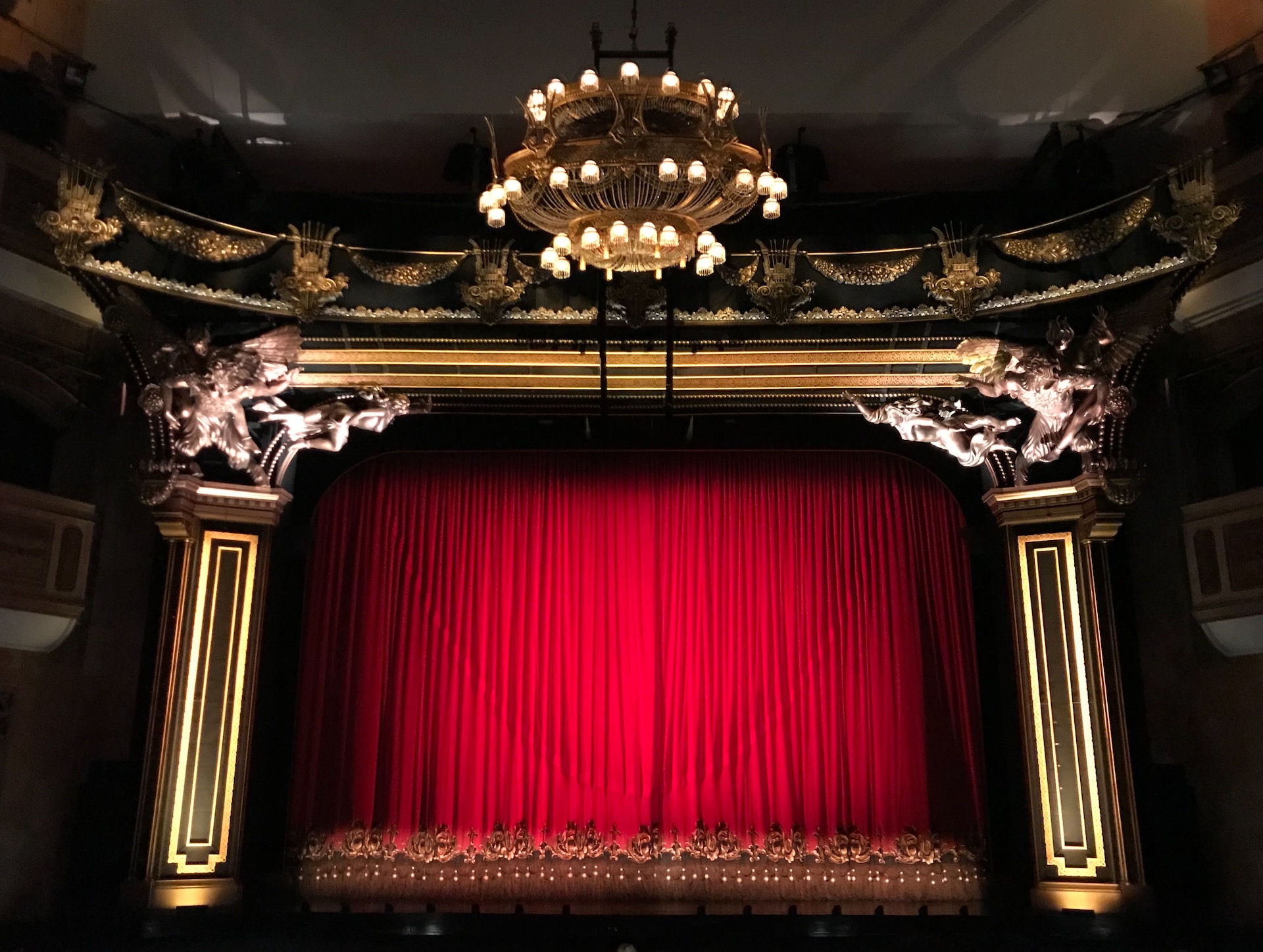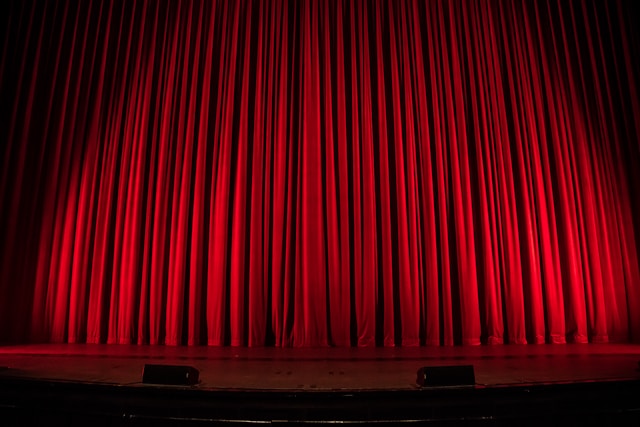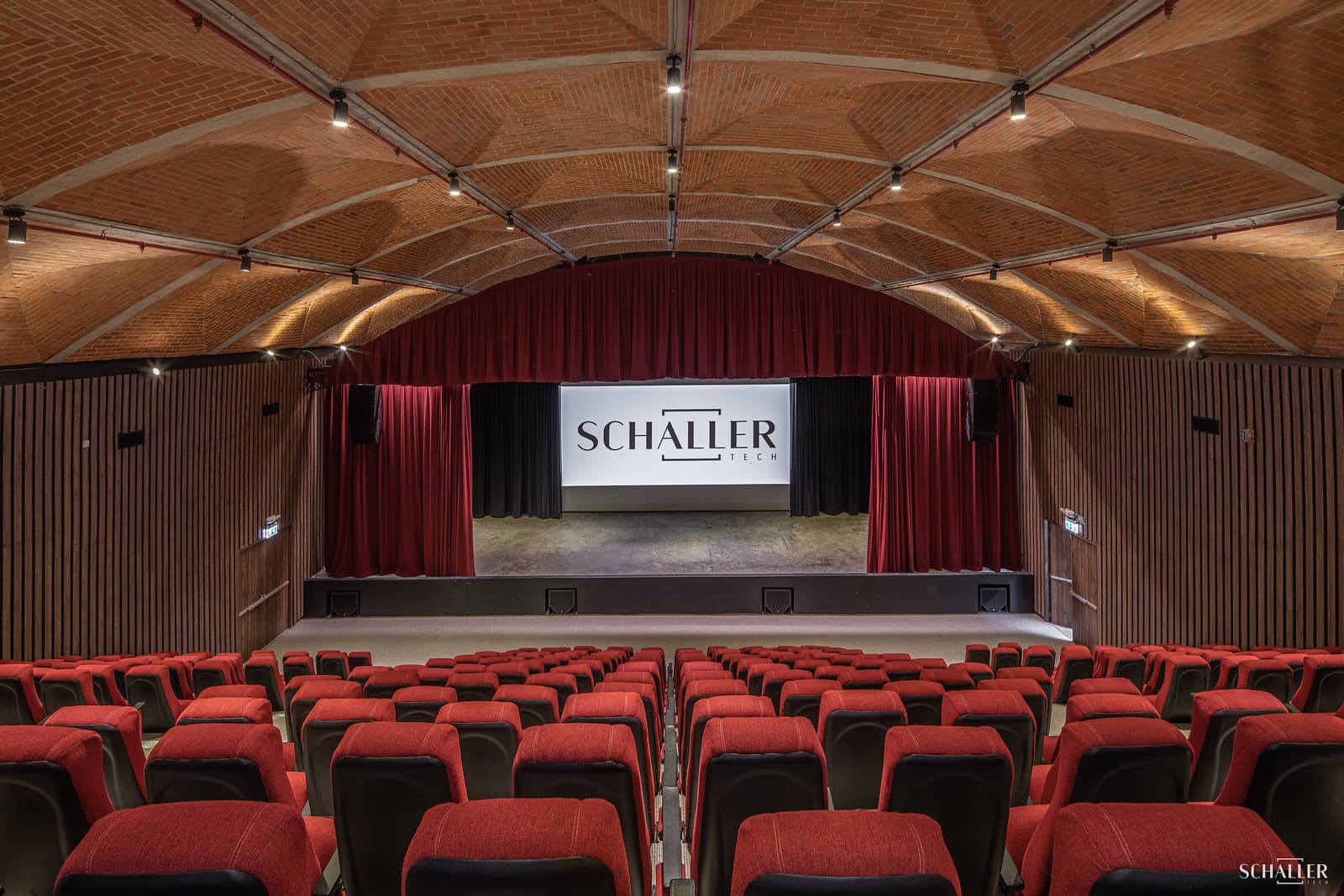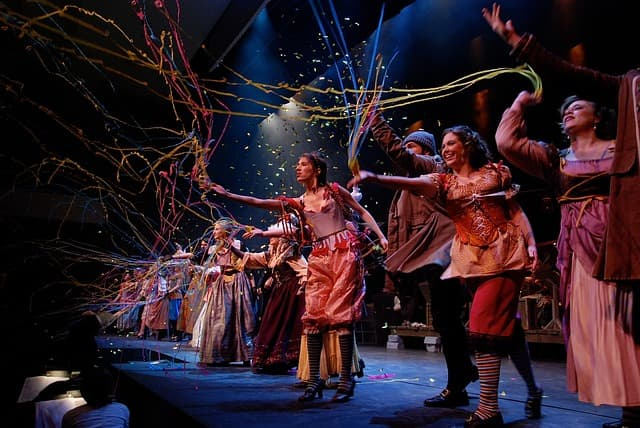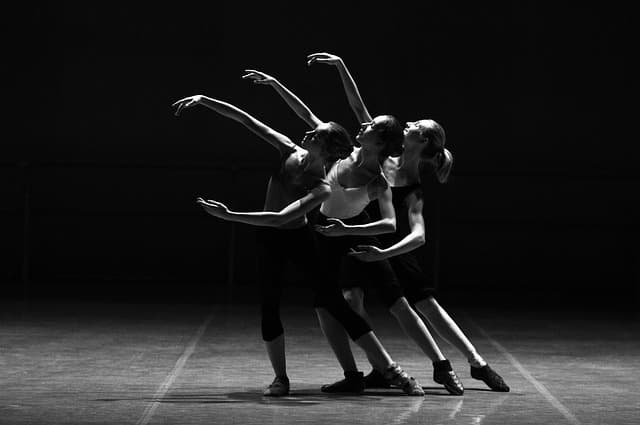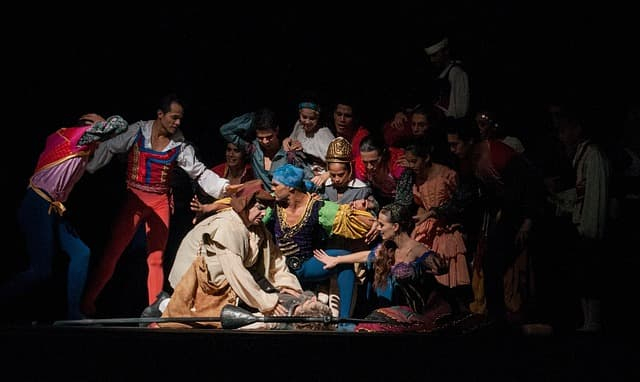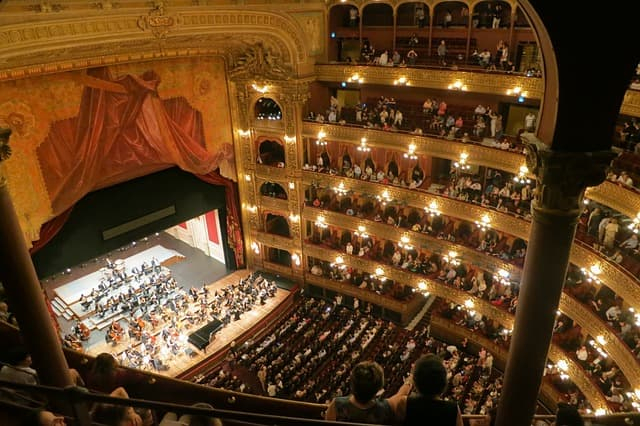Art keeps pace with man, and man steps confidently on the path of development. Almost everything we see around us is an innovation of different times, the result of our imagination. It is not surprising at all that any progress fundamentally changes art and, with the advent of the age of technological and informational progress, art has become more multifaceted, mysterious, and bizarre.
Any idea invariably finds material form in the most unexpected place and in the most unconventional forms, whether it is an installation, graffiti, or a drawing or a sculpture made of recycled materials. Contemporary art has no boundaries, no inhibitions. It gives us food for thought, and with our reflections, we give ground for creating masterpieces.
Our blog is dedicated to bringing together in one place all of the most amazing and relevant material from the world of art. You are welcome!
The Evolution of Theater Art
The theater art form has evolved significantly over the centuries and offers a window into the cultural, social, and historical aspects of different time periods. From its beginnings in ancient Greece to the sophisticated productions of modern times, theater has undergone numerous transformations, embracing new techniques, styles, and ideologies.
The influence of theater on society cannot be understated, as it has the power to provoke emotions, challenge norms, and transmit stories that resonate with audiences across time. In this section, we delve into the fascinating history of theater art, exploring its origins, major milestones, and notable figures.
JetX: An Immersive Online Casino Game
Online casino games have become increasingly popular in recent years, offering players a thrilling and convenient way to enjoy the excitement of gambling from the comfort of their homes. One such game that has gained significant attention is JetX. In this article, we will explore the unique features and gameplay of JetX https://jetexbet.com/en/, along with the benefits it offers to players.
JetX is an exhilarating online casino game that combines elements of traditional gambling and arcade-style gameplay. It offers a fast-paced and visually stunning experience that keeps players engaged and entertained. With its simple yet addictive mechanics, JetX has quickly become a favorite among online gaming enthusiasts.
Ancient Origins: Tracing the Roots
The origins of theater can be traced back to ancient civilizations, with the Greeks laying the groundwork for this art form. The theater of ancient Greece provided a platform for performances that combined music, dance, and spoken word.
During this period, famous playwrights like Aeschylus, Sophocles, and Euripides crafted timeless tragedies and comedies that explored complex human emotions, societal issues, and philosophical concepts. These plays were performed in open-air amphitheaters, engaging large audiences and showcasing the power of theater to evoke empathy and reflection.
The Renaissance: A Theatrical Revival
The Renaissance period in Europe marked a significant resurgence of interest in theater. The works of playwrights such as William Shakespeare became emblematic of this era, with their exploration of human nature, love, power, and morality.
The theaters of the Renaissance era introduced new staging techniques, elaborate costumes, and innovative set designs. The performances became more immersive, drawing the audience into the world of the play and creating a sense of shared experience.
Influence on Contemporary Art
The history of theater art has not only shaped the art form itself but has also had a profound impact on contemporary art in general. The ability to convey narratives, evoke emotions, and engage audiences has inspired artists across various mediums to explore theatrical elements in their work.
Theatricality in Visual Art
Many visual artists have incorporated theatrical elements into their creations, blurring the boundaries between the two art forms. Whether through large-scale installations, interactive exhibits, or performance art, these artists aim to captivate viewers and elicit a heightened sense of engagement.
Using props, costumes, and dramatic lighting, they create immersive environments that allow the audience to experience art in a similar way to theater. This fusion of visual art and theater demonstrates the interconnectedness of different artistic expressions.
Film and Theater Collaboration
The relationship between theater and film has always been symbiotic. Throughout the history of cinema, filmmakers have drawn inspiration from theatrical techniques, adapting plays and enriching them with cinematic elements.
Similarly, theater productions have been influenced by the language of film, incorporating video projections, dynamic camera angles, and special effects to enhance the theatrical experience. This cross-pollination between the two art forms has resulted in groundbreaking performances and movies that push artistic boundaries.
Exploring the Future of Theater Art
Theater art continues to evolve with the changing times, embracing new technologies, and pushing artistic boundaries. The digital age has opened up new possibilities for theater, allowing for innovative forms of storytelling and expanding the reach of performances.
Virtual Reality in Theater
Virtual reality (VR) technology offers a new dimension to theater, enabling audiences to immerse themselves in virtual worlds and interact with the performance. VR theater experiences transport viewers to unique settings, blurring the line between reality and fiction.
With the advancement of VR technology, the possibilities for creating truly immersive and interactive theatrical experiences are expanding. This exciting blend of technology and artistic expression holds tremendous potential for the future of theater art.
Social Issues as the Driving Force
Theater has always been a powerful tool for addressing social issues and sparking conversations. In the future, theater art is likely to continue exploring and tackling pressing societal challenges.
By using thought-provoking narratives, innovative techniques, and inclusive approaches, theaters can contribute to raising awareness, fostering empathy, and promoting positive change. The intersection of theater, activism, and social issues will shape the future landscape of the art form.
Conclusion
The history of theater art is a testament to humanity’s creative spirit and the ever-evolving nature of artistic expression. From its ancient origins to its influence on contemporary art, theater has had a profound impact on society and culture.
As we look to the future, theater art continues to adapt and innovate, embracing new technologies and engaging with pressing social issues. The possibilities for theatrical experiences are expanding, offering audiences ever more immersive and thought-provoking encounters.
At our blog dedicated to the history of theater art, we aim to bring you the most amazing and relevant material from the world of art. Join us to explore the rich tapestry of theater’s past, present, and future.
